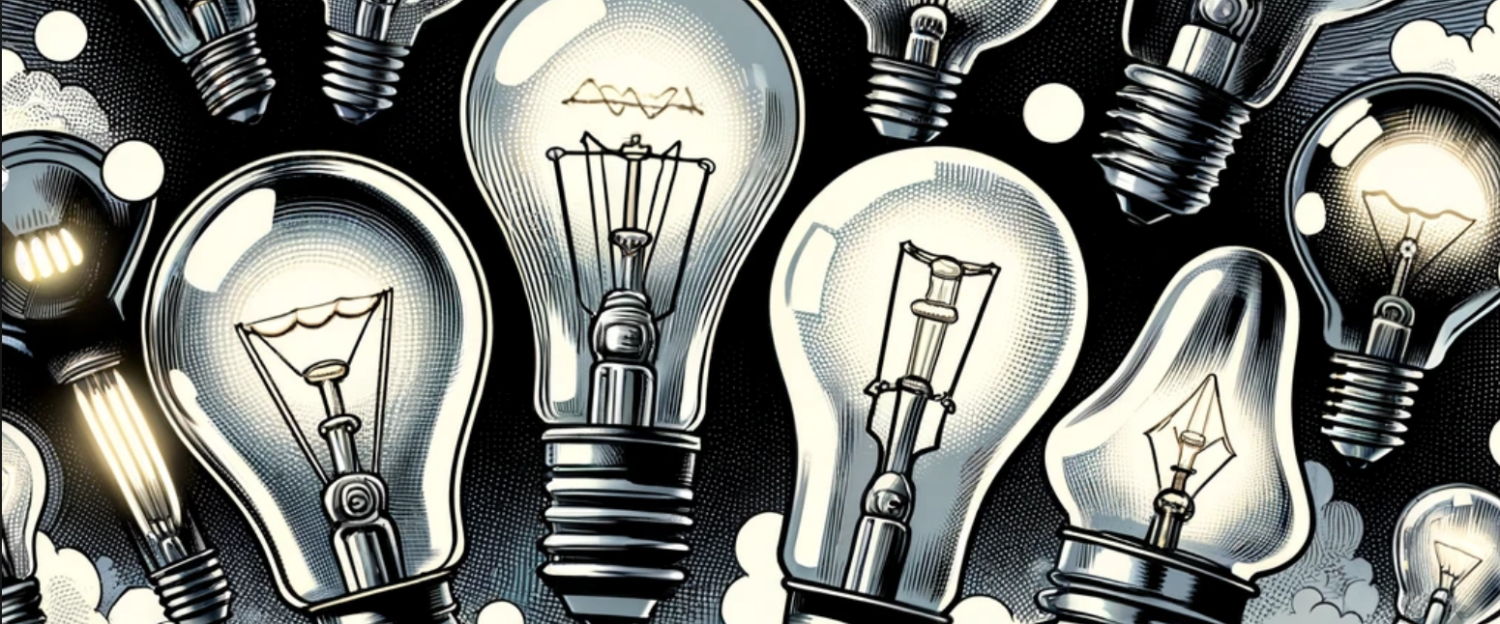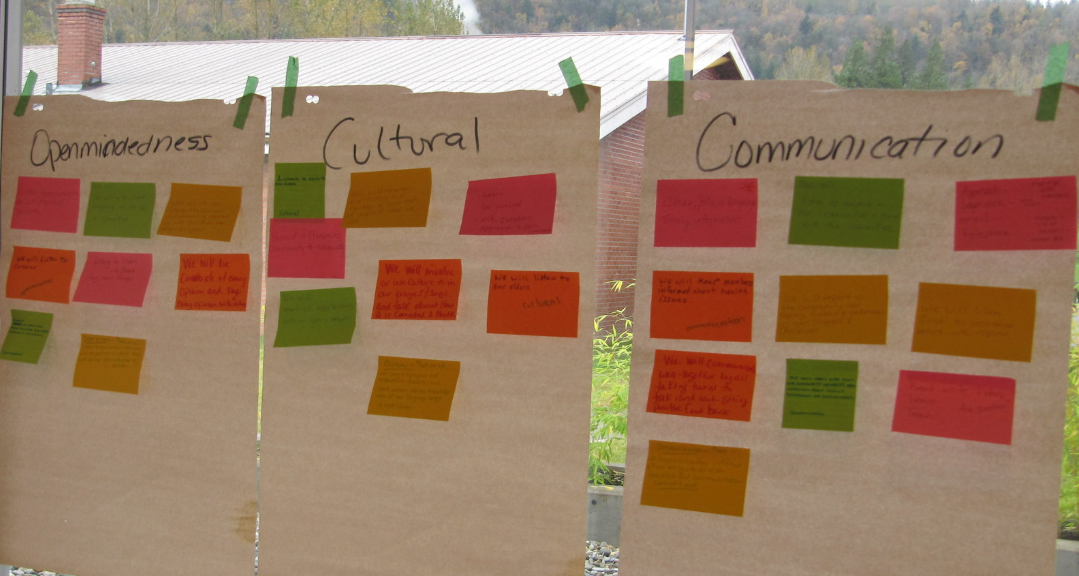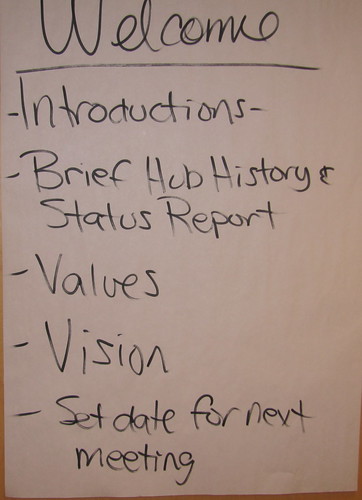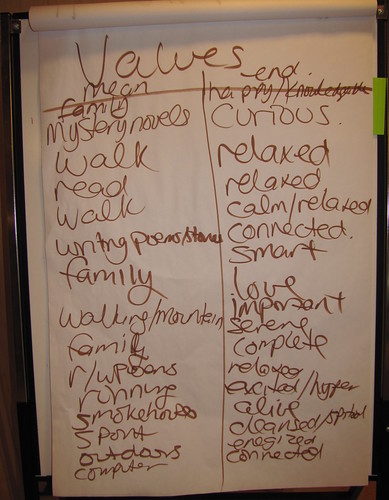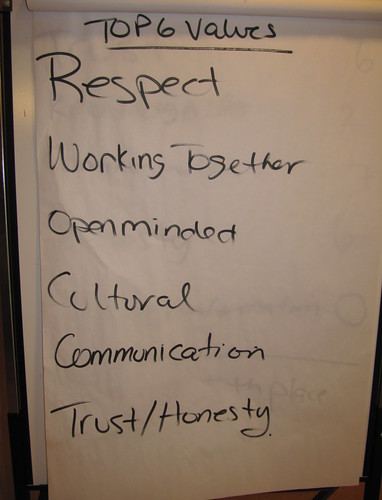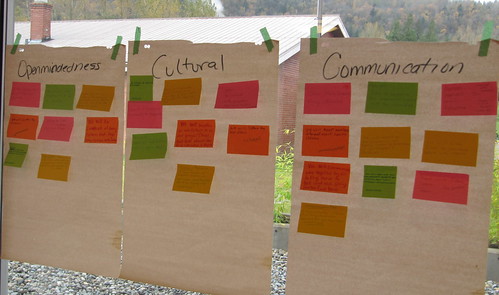Yesterday I facilitated the inaugural meeting of a committee that is tasked with developing community driven health plans. The group was made up of representatives from several First Nations in the Fraser Valley including a few Youth and Elders, all interested in creating healthier communities.
I sent out a basic framework for an agenda as I wanted the group to feel from the onset that it was their group, their process and I was only present to provide support. My hope was that they would be ok with what I suggested but I was more than prepared to go with whatever flow they wanted. We ended up following the agenda which only had a few items;Â Introductions, Background, Values, Vision, next Meeting Date, Close. This is what I posted in the actual room.
I have been facilitating group process for a long time. I began facilitating in one of the most difficult environments to work in, corrections. My first groups were made up of offenders who were directed to attend or else. The or else being they would lose good time which was always heard as you will get more jail time added on. To say they were reluctant would be a bit of an understatement. After a few years I graduated to working with lifers, sex offenders and offenders with mental health challenges.
What I discovered was that these groups of individuals, when it came to group process, were not significantly different from the groups of professionals I also worked with. I found this out due in part to an exercise I have shared with all my groups since I first began doing group work. I begin all group processes with a simple values exercise.
Begin by asking each person to think about what they love to do. Then go around the room and ask each person to share one thing they love to do and how they feel when they do that. Invariably you will end up with a flipchart that looks something like this. (ok, yours might be neater than mine)
There is one notable difference. What differs is the Means Values. The things we each do to get to that end state, that End Value. With some of my institutional groups the list of activities includes sex, drugs, stealing cars and the bike they are referring to is a Harley more often than a Schwinn. However, the End Values, they never differ. These Values are universal. We all want the same outcomes to our activities, we want to feel good, to feel free, strong, alive, at peace, safe, or as has been often quoted Every man will sit under his own vine and under his own fig tree, and no one will make them afraid….
Yesterday’s group was no different. The generated a list of personal Values that was universal. The next step was to reverse the process in order to come up with a list of group Values and a list of activities or behaviours that was representative of the group’s purpose.
To do this we used large index cards and asked folks to write one value on each card with the understanding that we were now thinking of what would be important to the committee. The group generated about 40 cards which we laid out and began to sort, grouping similar values together. We ended up with about 25 distinct Values which we transferred to flip charts.
We then voted. Each person was given a page of labels and the instructions for this part were to use 5 of the labels to vote for the Values they thought were most important. (We used numbered labels because I will be transferring the input and votes to ThoughtStream, dots could have also been used)Â The added constraint was that they could give one Value no more than three votes. In short order we had our top six group Values.
Next was the hard part. We had to come up with behaviours or activities that represented each of the Values.
To do this we used large post its and each person had to list one behaviour or activity for each of the six Values. If you have ever tried to do this you know how difficult it can be. Reverse engineering a Value is not that intuitive a task. But we did it.
Each of the six Values was on its own flipchart sheet and each sheet was now filled with post-its that listed behaviours or activities that reflected the Value. The next step was to do a reverse vote. That is place a label on the post-its that you don’t think should be included or that you think needs to be reworded. We only had four post-its that got any votes so discussing these was not a long process, in fact we reworded all four in about 10 minutes.
Beginning to end we were only together for 3 hours during which we set the foundation for the next process of creating a Vision, Mission and Objectives. By focusing on shared values at the onset we created an atmosphere of trust that is so critical for the development of any kind of team.
For more on building trust in teams I highly recommend Patrick Lencioni’s Overcoming the Five Dysfunctions of a Team. For more on Values check out the Barrett Values website.
